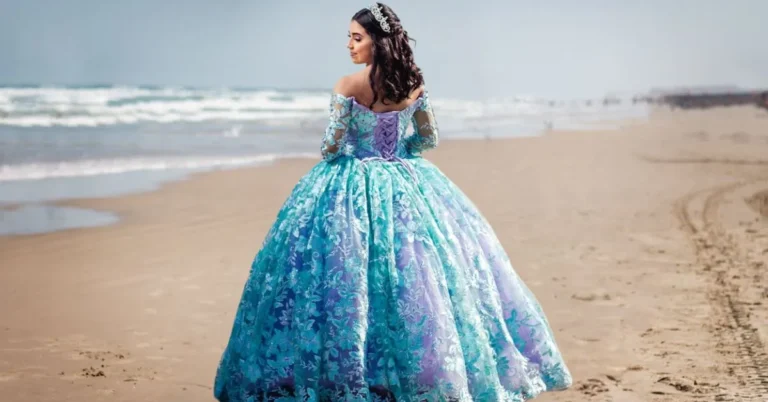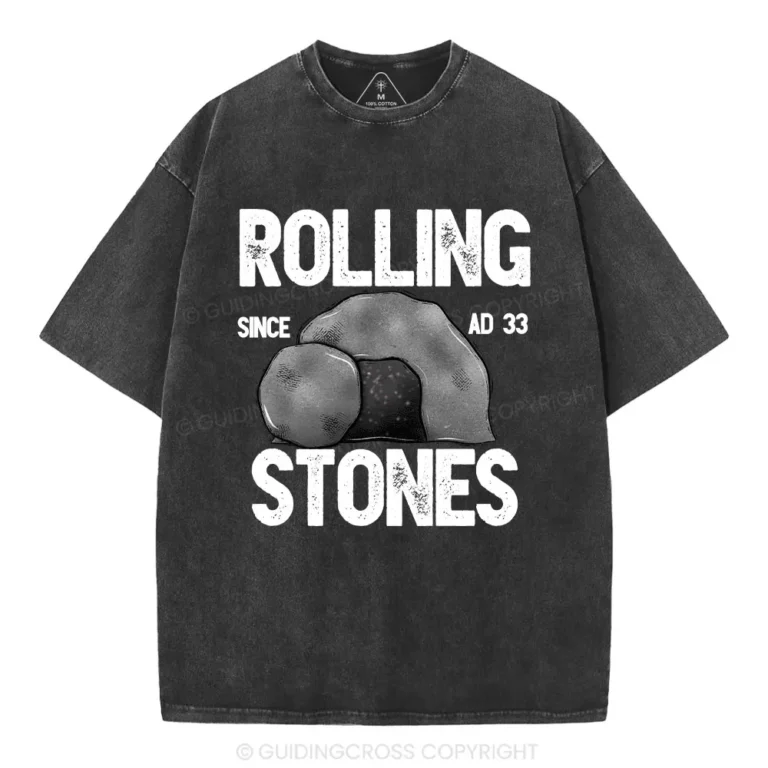The Timeless Charm of the Frock: A Fashion Staple Through the Ages
In the ever-evolving world of fashion, trends come and go, but there are a few timeless pieces that withstand the test of time. Among them, the humble frock stands out as a symbol of grace, versatility, and enduring style. From its origins centuries ago to its modern interpretations on fashion runways, the charm of the frock has remained a beloved garment cherished by women of all ages. In this article, we delve into the rich history and contemporary significance of the frock, celebrating its enduring charm.
Origins and Evolution:
The term “frock” traces its roots back to Middle English and Old French, where it referred to an outer garment worn by monks. Over time, the frock evolved from its religious associations into a staple of everyday wear for women across different cultures and periods. In the 18th and 19th centuries, frock were characterized by their long, flowing silhouettes, often adorned with intricate embroidery and delicate lace. These garments exuded elegance and femininity, serving as a canvas for elaborate designs and craftsmanship.
The Victorian era saw the rise of the frock as a symbol of respectability and modesty. Women’s frocks of this period featured high necklines, long sleeves, and voluminous skirts, reflecting the prevailing social norms of the time. However, as the 20th century dawned, the frock underwent a transformation, mirroring the shifting attitudes towards fashion and femininity. Hemlines rose, waistlines dropped, and fabrics became lighter and more breathable, allowing for greater freedom of movement.
The Rise of Modern Frock:
The 1920s marked a turning point in the history of the frock, as the flapper style revolutionized women’s fashion. Gone were the restrictive corsets and layers of fabric, replaced instead by sleek, figure-skimming frocks that epitomized the spirit of the Jazz Age. These frocks, often embellished with beads and fringe, were a celebration of youth, freedom, and female empowerment. They symbolized a departure from tradition and a embrace of modernity, setting the stage for the frock’s continued evolution in the decades to come.
Throughout the mid-20th century, the frock continued to evolve in response to changing cultural trends and technological advancements. The 1950s saw the emergence of the iconic “New Look” silhouette, characterized by nipped-in waists and full skirts, epitomized by Christian Dior’s revolutionary designs. Meanwhile, the 1960s ushered in the era of the mini-frock, popularized by fashion icons such as Twiggy and Mary Quant. These thigh-grazing frocks captured the youthful exuberance of the Swinging Sixties, becoming synonymous with the burgeoning youth culture of the time.
Contemporary Interpretations:
In the 21st century, the frock remains as relevant as ever, albeit with a contemporary twist. Designers continue to reinvent this classic garment, experimenting with new silhouettes, fabrics, and embellishments to cater to modern tastes. From the minimalist chic of Calvin Klein to the whimsical designs of Dolce & Gabbana, there is a frock for every occasion and style preference.
One of the defining characteristics of the modern frock is its versatility. No longer confined to formal occasions, frocks can be dressed up or down to suit any setting, making them a wardrobe essential for women of all ages. Whether paired with heels for a night out on the town or sneakers for a casual brunch with friends, the frock effortlessly transitions from day to night, offering endless possibilities for styling and accessorizing.
Moreover, the frock continues to serve as a form of self-expression, allowing women to showcase their individuality and personal style. From bold prints and vibrant colors to understated elegance, there is a frock to suit every personality and aesthetic. In a world where fashion trends come and go, the frock remains a steadfast symbol of timeless elegance and feminine allure.
Conclusion:
In conclusion, the frock stands as a testament to the enduring power of fashion to captivate, inspire, and transcend cultural boundaries. From its humble origins as a garment for monks to its modern interpretations of fashion runways, the frock has remained a symbol of grace, versatility, and enduring style. As we continue to navigate the ever-changing landscape of fashion, let us celebrate the timeless charm of the frock and the women who wear it with confidence and grace.





![Swimsuit Edition [ABBB] – 1.20 21 Swimsuit Edition Chapter in Fashion](https://bloggershub.org/wp-content/uploads/2025/05/Untitled-design-768x402.png)

